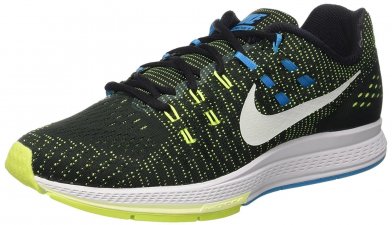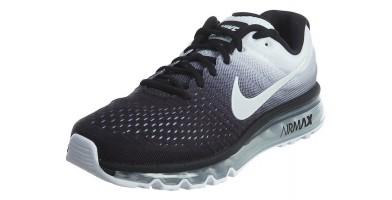Nike LunarEpic Flyknit Review Facts
Nike is a brand synonymous with athletics. With hundreds of professional athletes sponsored by them, Nike is far and away the leading brand in the realm of athletic apparel. However, despite their long history of creating competent and fashionable running footwear, not every pair of shoes they release has been met with high praise. Nike can always fall back on the strength of their brand legacy when met with heavy criticism regarding lackluster shoes, apps, and other Nike products not necessarily related to running. This isn’t to say that Nike is incapable of making quality running shoes; in fact, the LunarEpic Flyknit would certainly fit that criterion.
Outsole
A laser cut manufacturing process was used for the design of the
Lunar Epic Flyknit’s outsole. The key benefit to this method of construction is the use of pressure mapping in order to accurately distribute pressure from foot striking across the entirety of a runner’s foot, instead of being localized to one area and likely to cause pain. Five different pressure point areas have been emphasized, resembling the lines and rings of a topographical map on the soles of these shoes. This gives these Nike shoes a unique look and enables them to do an admirable job distributing energy. However, this particular design decision doesn’t do much in terms of stability. Because of this, runners have stated that these shoes feel like they are made of five smaller parts loosely attached to each other.
Midsole
Much like the outsoles, the midsoles of these shoes showcase a laser-cut design. Five grooves have been placed on both sides of the shoe in a way that is also identical to the outsole.
Lunarlon material was used primarily for the midsole’s construction, which is a proprietary material designed by Nike for the purpose of providing flexibility and modular compression with each foot strike. The result is a very energy efficient stride, with some runners noticing a bouncier feel during their run. The raised elevation of around 10 mm from the heel to the forefoot helps provide extra cushion for sensitive areas in a manner that should feel natural to most running shoe owners.
Upper
This particular portion of the shoe is by far the strongest and where it really defines itself. Flyknit is a very comfortable and breathable material, meant to feel like a sock around the foot. The upper portion of the LunarEpic Flyknit also uses Nike’s standard Flywire technology. This is a method of lacing that allows for variable levels of tightness, helping to ensure stability for a wide range of foot sizes. Even more variability can be achieved with these shoes if they are ordered with the longer ankle covering. Based on these impressive features, it’s fair to say that the Flyknit and Flywire technologies are some of Nike’s strongest offerings to the world of athletic footwear.
Weight
Weighing in at around 9 ½ ounces, these are much lighter than the average running shoe. This can be largely attributed to Nike’s lightweight Flyknit material comprising the entirety of the LunarEpic Flyknit’s upper. Additionally, no rubber is used in the construction of these shoes, further reducing their weight. A lot of these decisions that resulted in a lighter weight for these Nike shoes come at the cost of durability, which may turn off some runners. However, the result of this design is a shoe that serves as an excellent transition for runners who are looking to get into running shoes that are more accustomed to lighter footwear such as minimalist road shoes or barefoot-style running shoes.
Breathability
Another benefit from the LunarEpic Flyknit’s highly capable upper is that it offers some of the best ventilation you can find on a running shoe. Despite the tightness, the Flyknit material used for the upper’s construction allows for an unprecedented degree of airflow. Thanks to the Flywire lacing system, some of the tightness can be alleviated in cases where additional ventilation is required. As a result, these are some of the best shoes to wear in warmer climates due to its excellent temperature control and superior breathability.
Comfort
Due to the compressed upper that feels similar to a sock, some runners have complained about excessive tightness in the forefoot. If this applies to you because you have wider feet and prefer more space, you may have to order one size larger. On the inside, the
LunarEpic Flyknit uses dual insoles comprised of blown foam to provide ample comfort for the foot while running. While many runners appreciate the increased comfort offered by these dual insoles, others feel put off by the excessive thickness. Fortunately, the insole is removable, allowing for those uncomfortable with it to replace it with something that suits them better. When comparing the quality of comfort and breathability of the upper with the laser cut design of the outsole and midsole, the result is an extremely comfortable shoe that keeps runners’ feet feeling good the entire way.
Style
If purchased through Nike’s website, these shoes are available in a limited amount of styles. However, shrewd shoppers can find a great deal more color and style options if they look at other retailers such as Amazon. In addition to having different choices in colors, customers can choose between a low cut and a mid-cut, which extends the upper over your ankle. As a Nike product, it goes without saying that they are sleek looking and
very stylish. The LunarEpic Flyknit also features some reflective material on the back of the shoe for the purpose of providing visibility in low light environments as a safety feature. This is the purpose of that reflective material in theory; in practice, however, the reflectivity simply isn’t powerful enough to provide any extra visibility.
Durability
While the design of the LunarEpic Flyknit leads to terrific benefits in terms of weight and breathability, one unfortunate downside is its diminished durability. Due to the design of the outsole, small debris such as sand or gravel becomes stuck in between the ridges, which can cause damage over time. The titular and high praised Flyknit material is also highly susceptible to wear due to how thin it is. Regardless, Nike insists that these shoes are ideal for long running sessions and estimates that runners can get about 200-250 miles out of them before they need to be replaced. Considering that many other running shoes, including other shoes made by Nike, last around 250-300 miles before requiring replacement, this is a pretty big drawback. Furthermore, the lack of solid durability makes these shoes unviable for other workouts.
Protection
Unfortunately, protection is another aspect of these shoes that is lacking. Many customers have complained that the mid-cut model causes chafing around the Achilles tendon. This can be alleviated with the use of a Tegaderm pad over the back of their foot but it may still cause redness and skin irritation after a long run, which is simply unacceptable. As previously mentioned, the LunarEpic Flyknit’s upper is thin, as is the laser-cut outsole. Thankfully, the highly cushioned midsole will prevent discomfort from lodged gravel and other small particles, but for the most part, these are not the shoes runner’s will want to get if they are interested in foot protection.
Responsiveness
Due to the lighter weight of this shoe, the LunarEpic Flyknit provides an excellent level of responsiveness. The transitional abilities of these shoes are outstanding, thanks to the highly competent outsole and midsole. Because of this, runners can feel comfortable using these Nike shoes for both long runs and speed work. In fact, some runners have also used the LunarEpic Flyknit for
improving their speed thanks to its high responsiveness.
Support
Thanks to the large midsoles in these shoes, a significant amount of lift is provided to the feet that in order that provides ample support. It offers a neutral level of arch support that is greatly enhanced due to the quality of the upper portion. Dual layer cushioning in the insole helps to provide additional comfort that works in conjunction with a highly supportive midsole. In regards to
ankle support, customers have recommended the mid-cut version for individuals concerned with this aspect.
Terrain
The Nike LunarEpic Flyknit was designed to be used on a road, track, or other mostly flat and hard surfaces. On these surfaces, the outsoles provide a solid grip, but its weakness for small pebbles may deter runners from using them on asphalt. Regardless of this shortcoming, Nike has stated that these shoes perform well on multiple surfaces, which has been confirmed by the majority of runners who have used these shoes and marveled at their high traction.
Price
As a Nike shoe, it seems obvious that the LunarEpic Flyknit would cost a bit more than a typical running shoe. With Nike’s status as a leading athleisure designer attracting the devotion of hyperbeasts the world over, this price is more for brand value and style than it is for actual quality. Truth be told, the suggested retail price is far too high for what is offered by this footwear. However, if a clever shopper manages to find a pair for a significant discount, this can be a decent purchase.
Traction
Traction wasn’t a primary concern with the design of these shoes. However, the outsoles of the Nike LunarEpic Flyknit manage to provide a decent level of grip that can perform well on a variety of low intensity running surfaces. By no means can these shoes handle the chaff of a rough hiking trail, nor can it accommodate the steep inclines of a mountain path. However, roads, tracks, and grassy fields are perfect territory for these shoes and their competent outsoles.
Flexibility
Although traction was not a primary concern in these shoes’ design, flexibility definitely was. This can be seen most significantly in the design of the LunarEpic Flyknit’s outsole and midsole, which feature five flex points that encourage fluid movement with each strike. This comes with definite benefits, but one unfortunate downside is that this detracts from the shoe’s stability.
Stability
As previously mentioned, these shoes sacrificed stability for flexibility. Many runners have stated that these shoes feel rickety due to the many
flex grooves placed along the outsole and midsole. However, one area in which these shoes provide excellent stability is the upper. This is due to Nike’s fantastic Flyknit and Flywire technologies, which work to provide a tight-fitting yet comfortable upper. Furthermore, additional stability can be achieved if the mid-cut model is purchased, as it provides a better grip to the ankle. However, even with these amenities in place, the design shortcomings of the bottom portion detract from the overall stability.
Drop
These shoes feature a midsole heel drop of 10 mm. This is a standard level of heel elevation for running shoes of this caliber, meaning the majority of runners shouldn’t have an issue with comfort. In fact, the combination of lightweight design and standard heel drop makes these shoes excellent for runners looking to transition running styles from barefoot running to track and field.
Key Features
- Flyknit design on the upper
- Fused foam midsole
- Laser-cut outsole with five pressure areas
- Dual layer removable insoles
- Flywire laces
Bottom Line
Based on experience, it seems that the lowcut version of the Nike LunarEpic Flyknit is better than the mid-cut. Putting aside the potential for skin irritation, the lower cut simply feels more natural and doesn’t actually sacrifice a great deal of ankle support. These shoes may not be the most durable pair of running shoes on the market, but the level of comfort and breathability offered by these lightweight marvels of engineering must be felt to be believed. The price tag is definitely an issue, as there are a plethora of much better options out there for far cheaper. However, runners looking for a great looking pair of runners that feels great on the foot, it’s tough to go wrong with these.



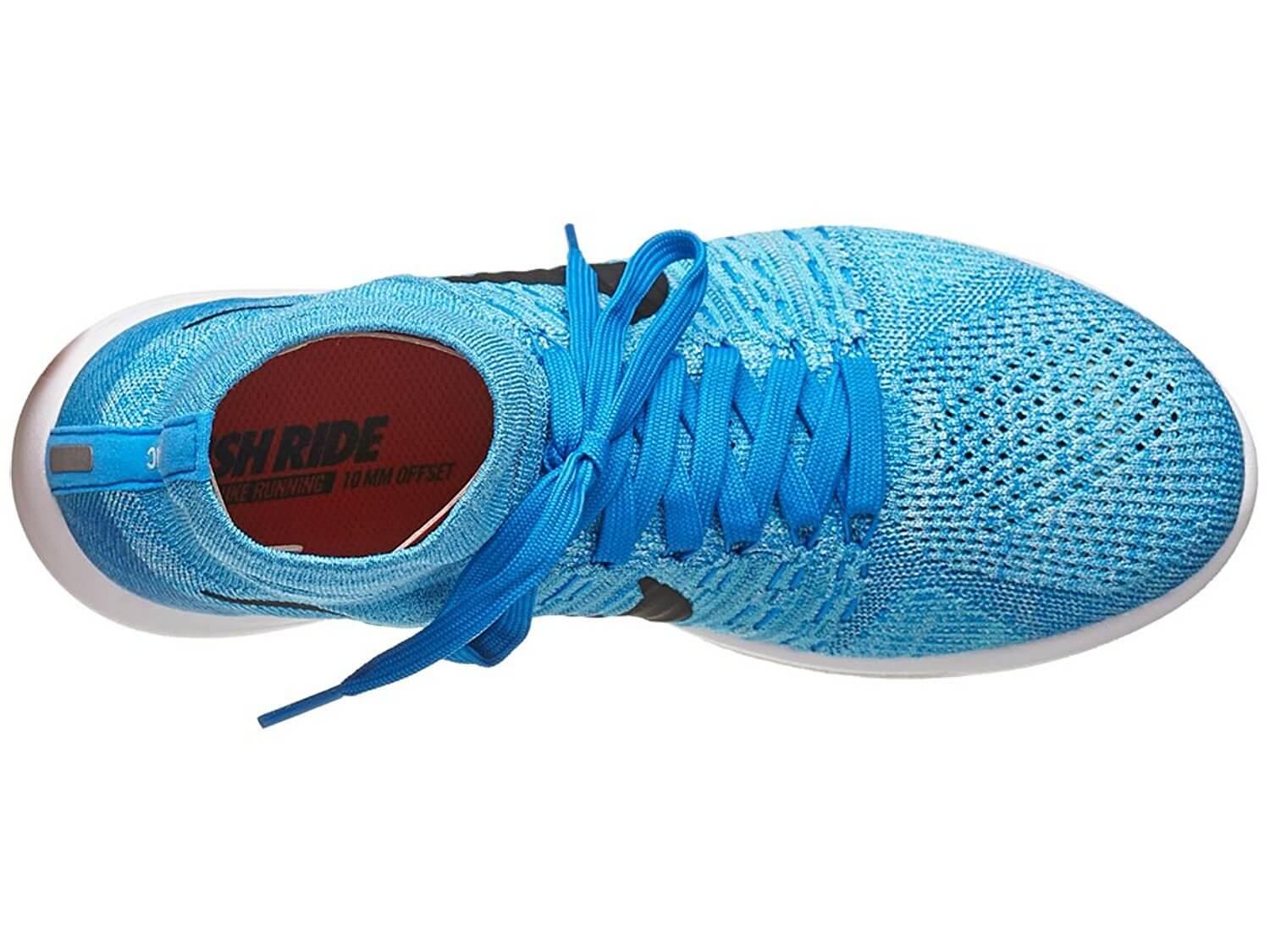
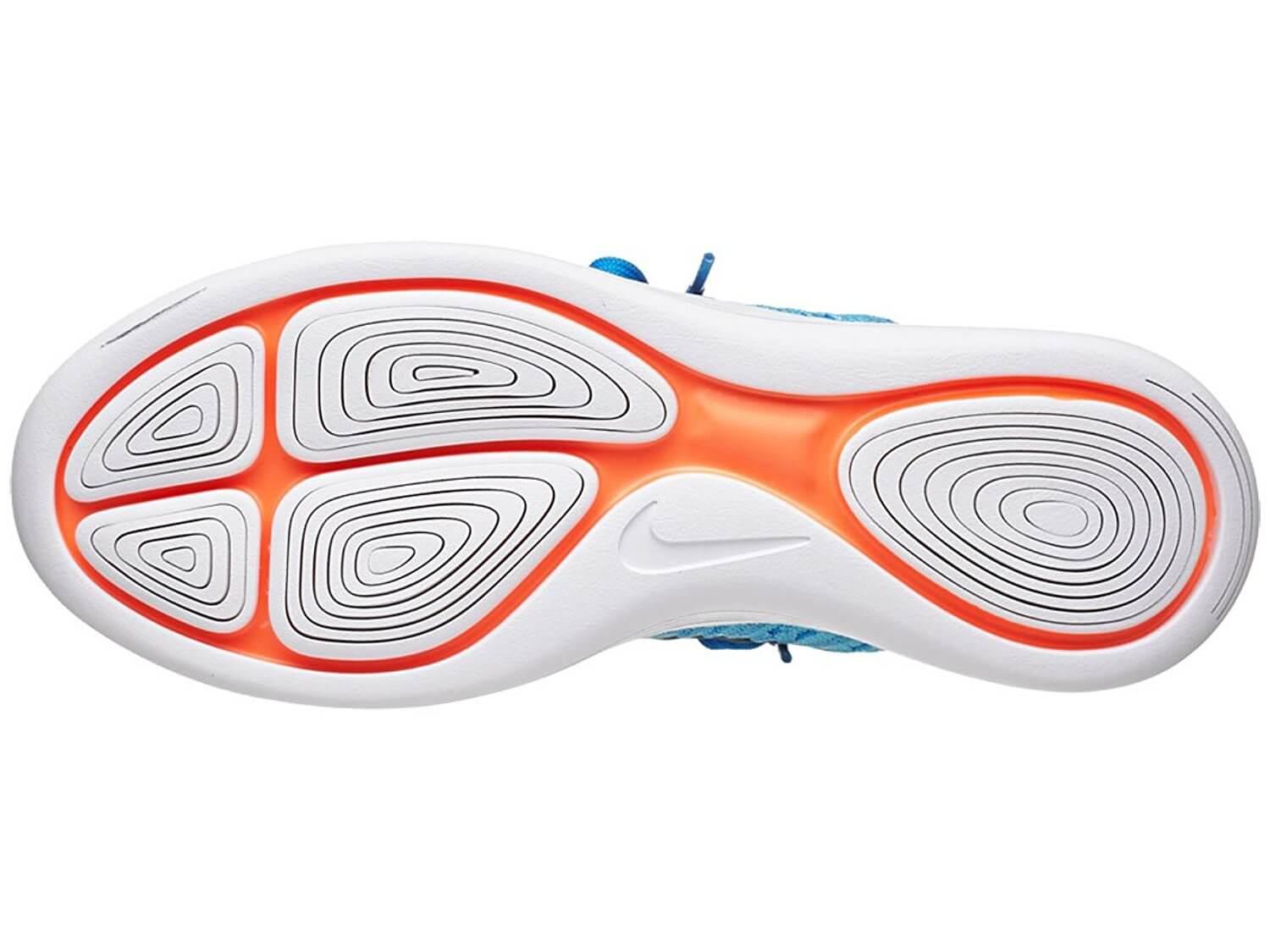
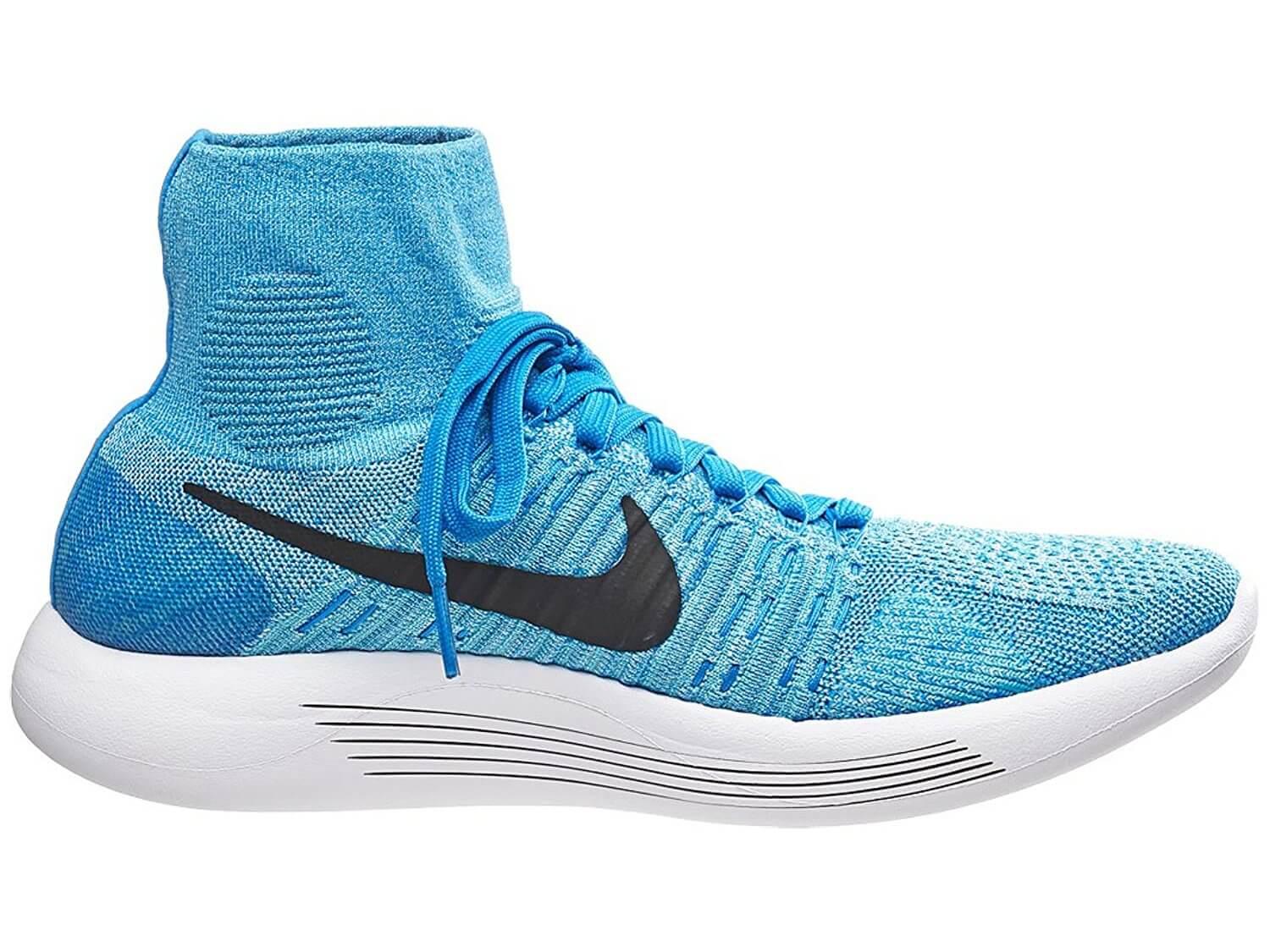
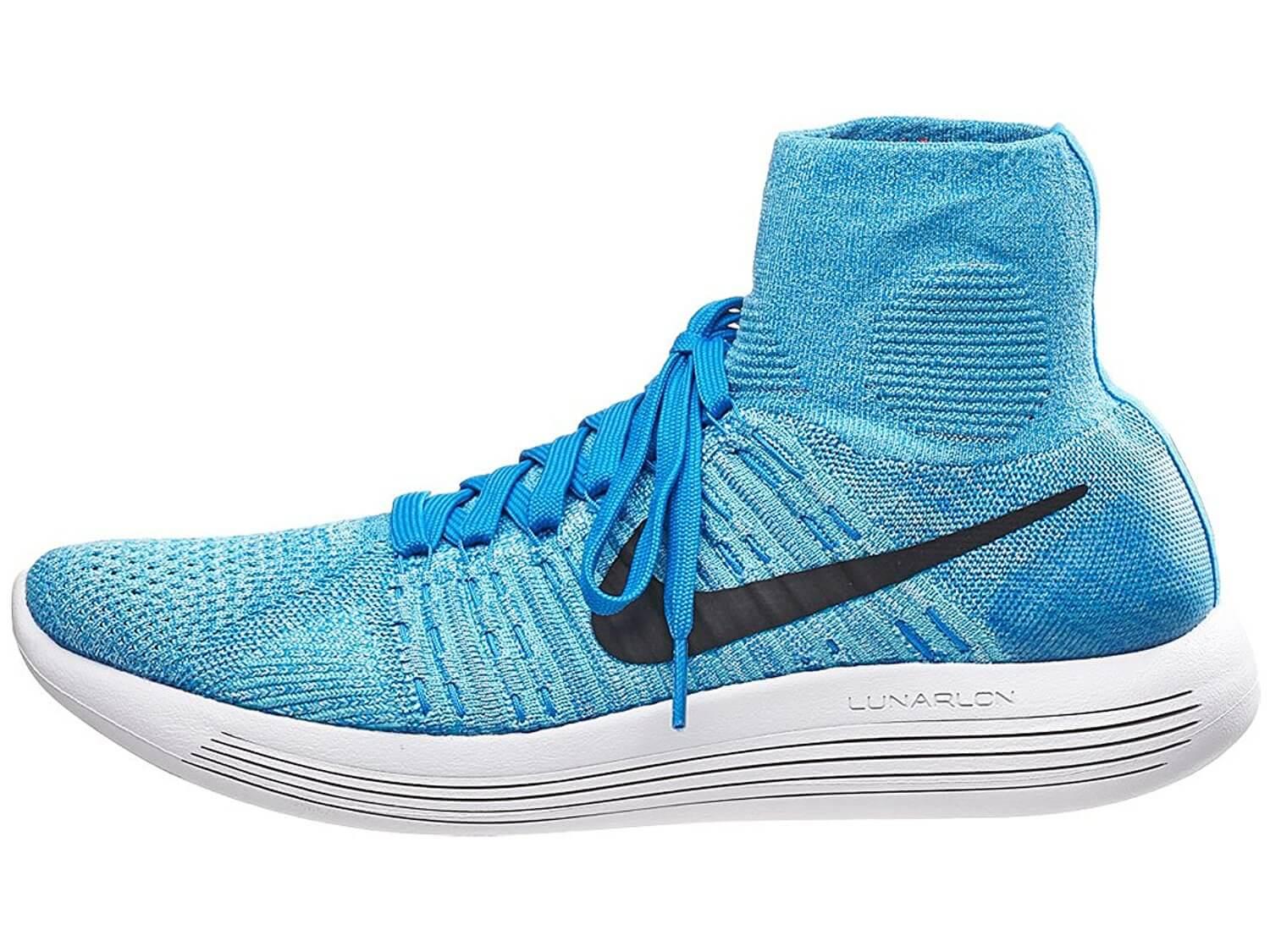









 36.2k
36.2k